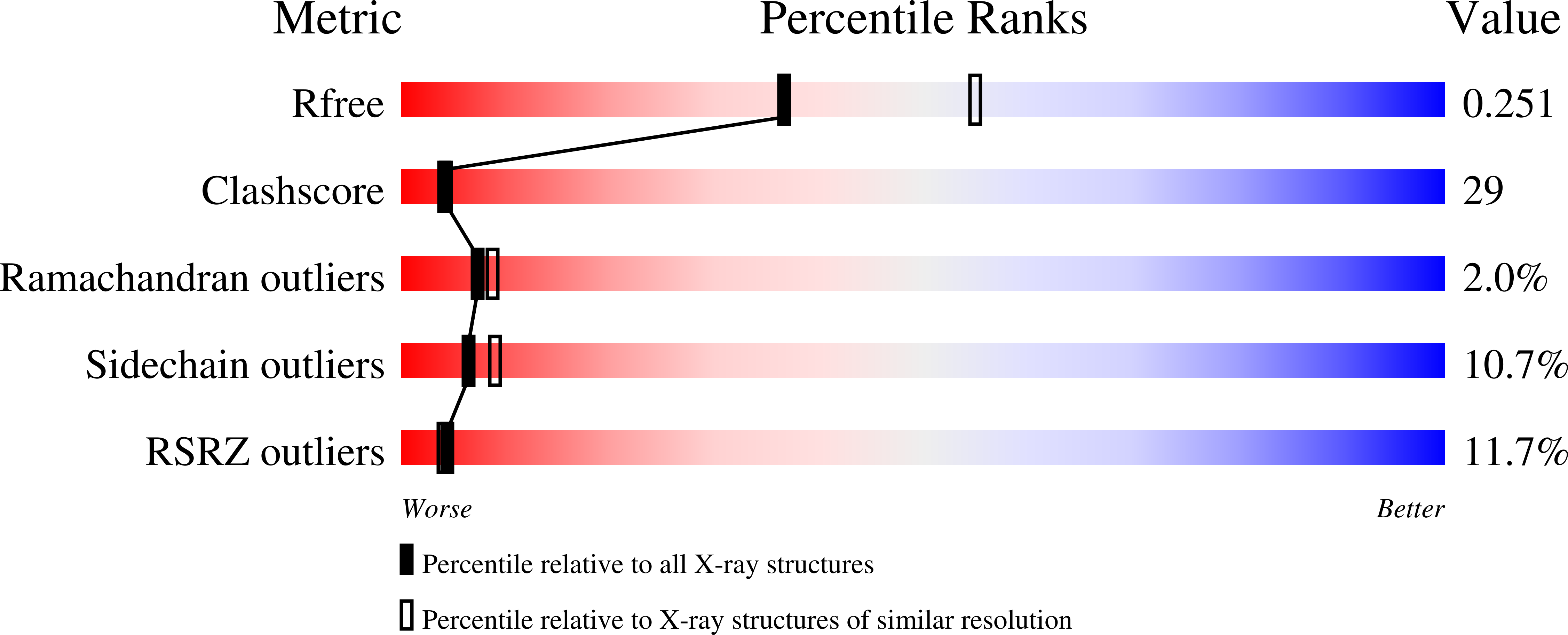
Deposition Date
2008-09-18
Release Date
2008-12-09
Last Version Date
2024-11-20
Entry Detail
PDB ID:
3EJJ
Keywords:
Title:
Structure of M-CSF bound to the first three domains of FMS
Biological Source:
Source Organism:
Mus musculus (Taxon ID: 10090)
Host Organism:
Method Details:
Experimental Method:
Resolution:
2.40 Å
R-Value Free:
0.26
R-Value Work:
0.23
R-Value Observed:
0.24
Space Group:
H 3 2


